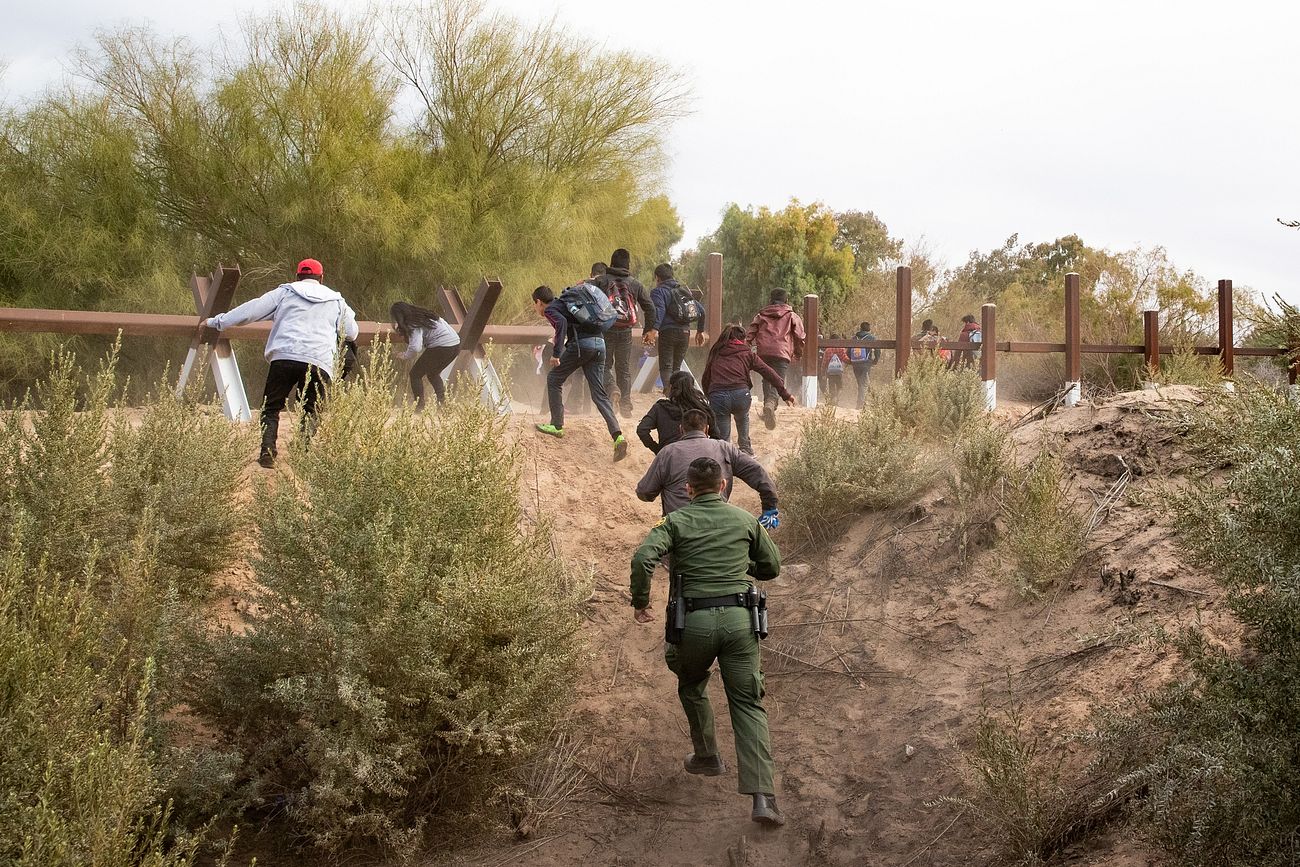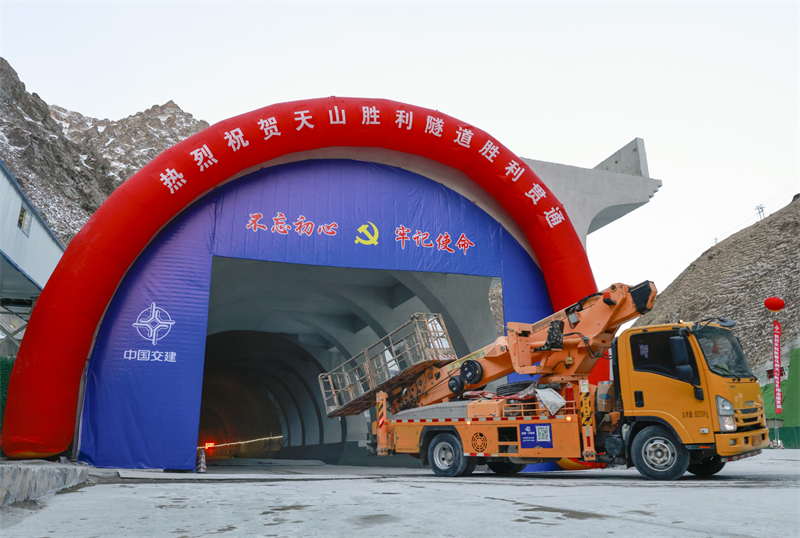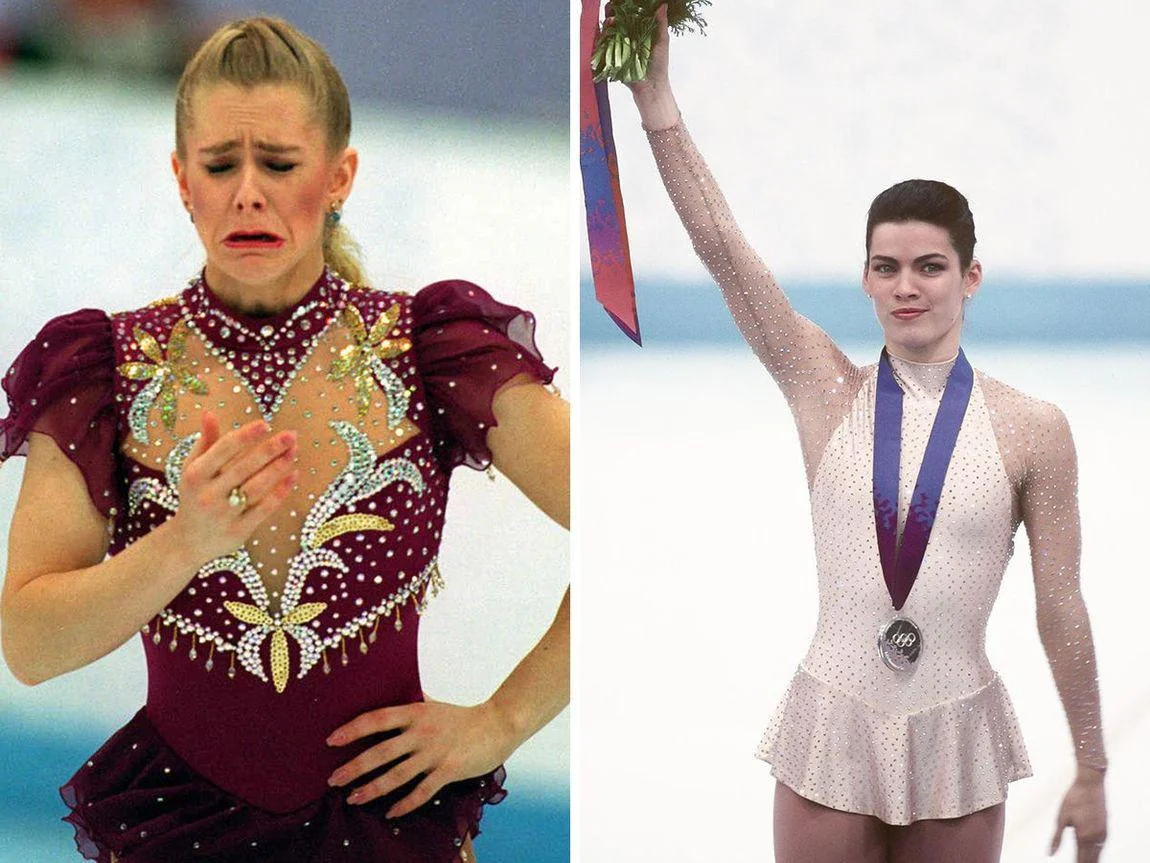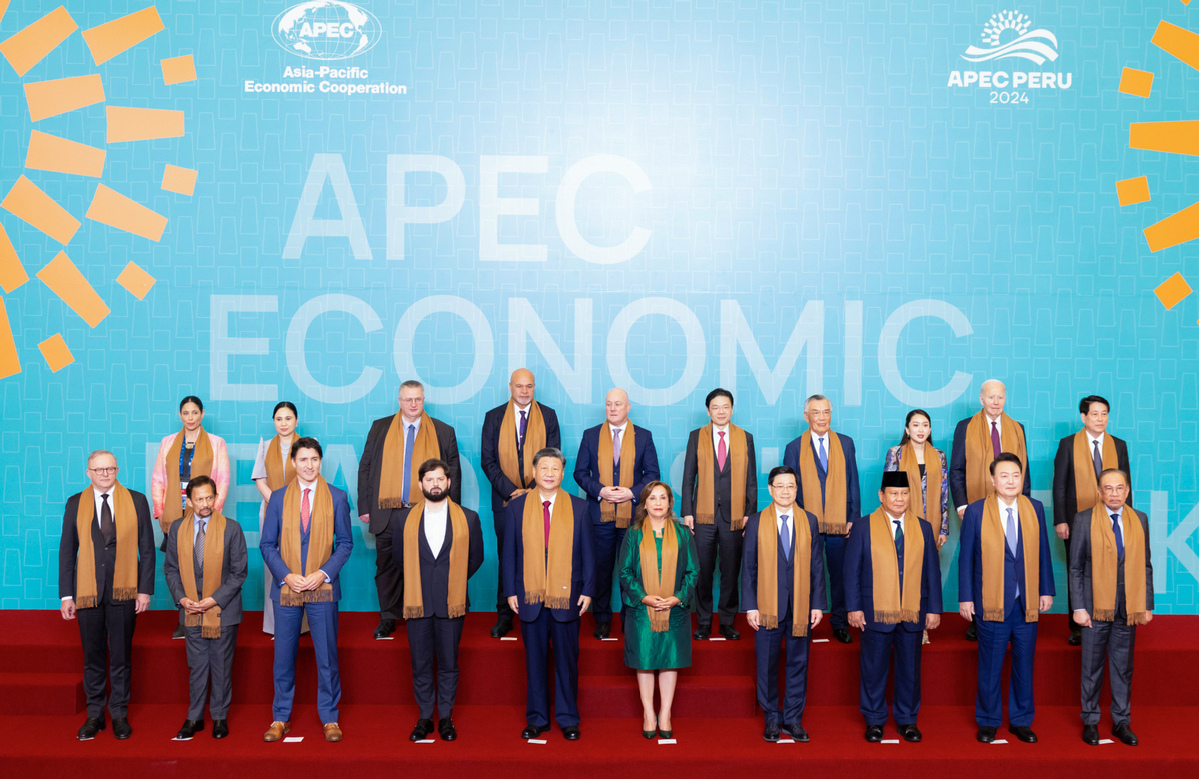"China wants to move forward and modernize, and not dominate the world"
- In 2021, it marks 100 years since the creation of the Communist Party of China. Since 1949, it has ruled the most populous country in the world. Taking advantage of this event, the journal Alda interviews Xulio Ríos (Moaña, Galicia, 1958), author of the book Metamorphosis of communism in China.

China is no longer just a low-wage country and many workers. In the past, the Western multinationals were making profits there in order to reduce rights here. China is now the country that is best developing artificial intelligence, telecommunications, cryptography or electronic war. The
objective of China is modernisation. And he knows that he won't achieve that goal by being the global factory, but the technological vanguard of the world.
Dengism lasted from 1978 to 2012 and allowed a great development of the country. In 1978, China was the 38th economic power in the world, and as of 2011 it is the second. This was achieved through a development model: cheap labor, foreign investment and foreign-oriented production.
Now, the Communist Party believes that this model does not guarantee that it will become a modern and prosperous country. What does this new development model mean?
They have changed the policy. Some of the factors that were previously discarded, such as social, environmental or technological, have now become the front line. China has more than 70% of all 5G stations in the world. They are well advanced in certain areas of the new industrial revolution, and China intends to lead this process. This explains why China's tensions with EE.UU. They're just as tough in the tech sector, as we've seen with Huawei.
China has reached an advanced position in technology in a short time and against all forecasts. Many assured that a politically rigid system would stifle creativity. Well, thanks to public investment and national discourse, they have quickly been at the forefront. He wants to lead this process because he knows that the modernization he wants for the country is competing in this field. China knows that low wages have no future.
Domestic consumption must become a development factor. This means you have to fill people's pockets. China’s wages have risen by 7% or 8% on average in recent years, and they have to grow much more, such as public investment in the social field. In China, it is clear that the development model must be changed, which means improving revenue, including the social, environmental and technological aspects.

How long do you plan to make the change? It's a 30-year
process. Thanks to this planning, China can achieve these goals without major changes. They have a plan for the year 2035 and another for the year 2049-50 to achieve the historic goal of modernization. It will entail a number of changes not only in the economic sphere, but also in the political system.
But here the fundamental issue is the change of the development model. To this end, they must achieve higher quality development, which in many cases means a slowdown in growth. We have said this many times: “China is no longer growing by 10 or 9%, now by 4 or 6%, which means that the Chinese economy is in crisis.” Well, it doesn't have to. When you have to change the lane, you must slow down if you do not want to leave the lane. In China, slowing the pace of growth is often envisaged to change the model more safely.
China wants to expand around the world and to do so it uses trade – the new Silk Road – foreign investment or finance – the purchase of countries’ debt. However, it has no military base beyond its limits.
Well, if you have one, the one from Djibouti. But it's mostly logistical, not a military base.
China is aware that its stability and development cannot be verified outside the rest of the world, but must be marketed, developed and exchanged with the other countries. It is currently the first trading partner of over 120 economies. In foreign policy, the fundamental issue is the economy, so the importance of the Silk Road, etc. In the long term, China knows that what it is going to put in the global order is going to be economic power, not military power. If you have the deteriorated economy, you cannot keep the army. But on the other hand, China still has a lot to do.
What do you mean?
China is the second economy in the world. It may be the first in absolute terms within five or six years, but China lacks a long journey. Per capita GDP exceeds $10,000, compared to $60,000 EE.UU. The government's objective is to increase per capita GDP by 15 years to 30,000, which is half what the US currently has. In China, more than 600 million people, twice the U.S. population, have a monthly income of 1,000 yuan: Less than EUR 150
China lacks much for a stable and prosperous society in which that wealth generated over the last 30-40 years, like a Sirimiri, truly permeates all citizens. In China, there's a lot of difference. 20 years ago, 1 per cent of the population owned 20 per cent of the wealth, currently that 1 per cent owns 30 per cent of the wealth. In 1978, the Gini coefficient was 0.16, currently 0.46-0.47. In addition, despite the discourse of shared prosperity, it has been on the rise.
The challenges facing China are so great that it must steer much of public management inwards and not outwards. “China is a hegemonic power that dominates and conquers the world,” it is often heard. I believe that this is not China’s intention, let alone. We do not know whether this will be the case in the future, but over the next 30 years China’s internal agenda will be very important and will devote much of its attention to these internal tasks, although its international weight will increase.
The scales change, but China's intention is that by 2035, between 800 and 1,000 million people would form a middle class. If there is no middle class, there is no consumption. If you are immersed in a commercial war with EE.UU., Europe or Japan, if consumption falls and you have no alternative, then…
The role of the internal market is very important, as the Chinese population is very large. If those 600 million people who charge 1,000 yuan a month increased their income level, twice the population of the United States would suddenly be on the market.

What is the organization of workers in China like? What role do the unions play?
There is a fundamental structure: National Federation of Trade Unions of China. It brings together some 300 million workers from both the public and private sectors. The role of the unions is similar to that of those in any socialist society: to position the working class to make the official policies and policies of the party viable in this area.
In most cases of labour conflict, the role of trade unions is secondary. The union is a kind of ministry that provides services to workers. In the event of a conflict, they are most often managed in two ways. On the one hand, workers are organised outside the official unions. On the other hand, they are organized through service platforms that act as non-governmental organizations or labor consultancies that help workers manage their claims. The role of official trade union organisations is rather limited. Its political weight has also decreased.
Today, the mission of the trade unions is to avoid conflicts. To do so, they perform preventive tasks in the workshops and in the companies. When the conflict arises, they try to alleviate them and sometimes they can bet on companies. That is why the unions have lost their recognition to the working class. Specific self-organisations of workers or labour consultants outside official structures have gained prominence. Self-organisation and advice have filled the gap left by official union action in conflicts.
Today, China's biggest challenge is the fight against inequality?Differences are one of
the biggest problems, and perhaps government action in this area has been more modest. Of the three major challenges posed by the country: technological, environmental and social, in the first two areas the action has been firm and the results have been evident and very rapid. However, their social activity has not been so strong, despite the great rhetoric and commitments made since Hu Jintao.
This is reflected in the Human Development Index (HDI). China is the second economic power in the world, but according to the HDI, it ranks 85 out of 189 countries. 600 million people have monthly incomes of less than EUR 150. This shows that they still have a lot to do. It is a country of 1.4 billion inhabitants and no miracles can be done overnight. The issue of inequalities and the social field is one of the most important challenges and can also affect political stability.
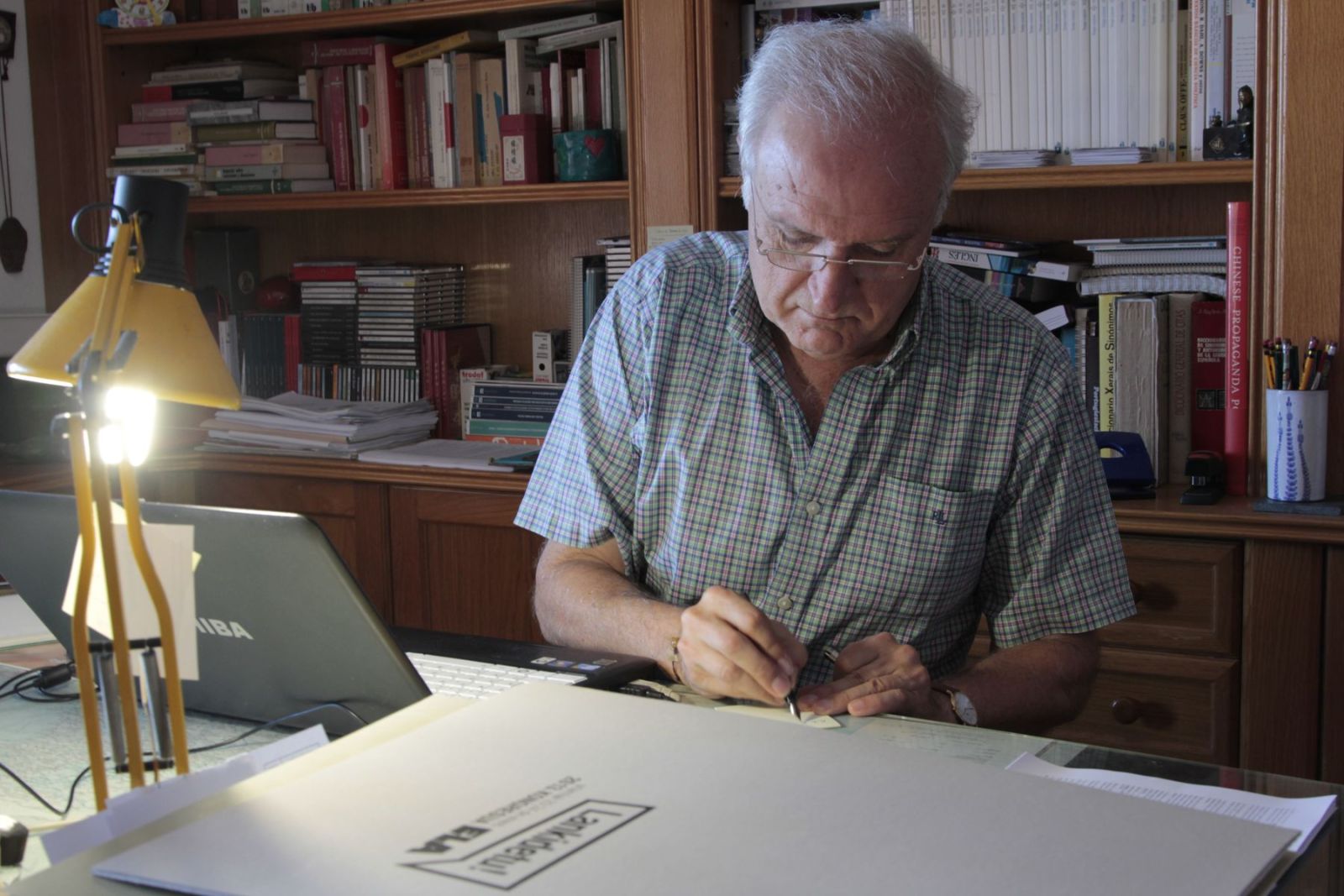
How does China face the challenge of climate change?
The change has been remarkable. In the 1990s, the policy was as follows: “First dirty and then clean.” As they said in China, “now the important thing is to grow and develop, and we will deal later with collateral and secondary damage.” In this century the attitude has changed substantially. First, internal policies are managed taking into account environmental challenges and their consequences in the industrial, environmental and health fields. There is currently a commitment to tackle this problem and, of course, the need to assume greater responsibilities and international commitments. The evolution of the Chinese vision of climate change has been very rapid and quite demanding.
There are a lot of people in the West who fear the rise of China. Is this justified?
It is clear that there are tensions and that they have also increased in recent years. The problem is not the development of China, the problem is China’s emphasis on national sovereignty. The West would not care if China were a developed country, a kind of Japan, with great economic and industrial capacity, but politically dwarf, that would not fight for supremacy to the United States or to the liberal West. The problem lies not in development, but in sovereignty. If China adheres to the G-8 or shares the same perspectives as the Western liberal economies, there would be no tension. The problem is that China is following a different path. This path is not liberal in the political, ideological and economic spheres, and it proposes a structural model different from that of the West.
The world of 1945 is not 2021. China is a very important actor, but that is not reflected in global governance. When China has demanded a share of participation commensurate with its size in the World Bank or the International Monetary Fund, the Western countries have always put obstacles in place.
This can have significant consequences in the coming years. If we analyze how changes in global hegemony have occurred in the last 500 years, in most cases they have come through violence. The military structures being developed around Auqus, Cuad and China, which are increasing the problems in Taiwan, the South Chinese Sea or the East Sea of Japan, should not be too frivolous.
For more or less reasons, it is common for the West to reproach China for its human rights shortcomings. How does China experience this criticism? In
China, of course, there are very clear human rights deficiencies. Within the country, however, the issue is not at the top of the list of priorities: the main priority remains the improvement of the standard of living, so the sectors that bring about structural changes in the political system in Chinese society have little to do with actual policy developments.
This does not mean that this situation will not change in X years' time and that, once improvements in the social and economic field have taken place, no other kind of demands will arise.
2021etik 2025era isuriak %15ean murriztu behar zituen industriak. Ursula Von Der Leyenek automobilgintzaren sektorearen eskutik ekintza plan bat aurkeztuko du martxoaren 5ean. Oraindik erabakia hartua ez badago ere, Europar Batasunak sektorearen eskaerak onartuko dituela diote... [+]
Silicon Valley-ko oligarkia AEBetako gobernura iritsi berritan lehertu da adimen artifizialaren (AA) burbuila. Txip aurreratuen erraldoia den Nvidia-k urtarrilaren amaieran izandako %16,8ko balio galera, egun bakar batean inoiz izan den burtsa balio galerarik handiena da... [+]
Otsailaren 17an Txinako Alderdi Komunistaren arduradun gorenak bildu ziren bertako enpresa pribatu handienen zuzendari nagusiekin. Ez da ohikoa aldi eta areto berberean Huawei, BYD, New Hope, Tencent, SWSC, Yushu, Xiaomi edo DeepSeek bezalako konpainien nagusi gorenak bilduta... [+]
The old continent has planted a trade war to China, where the European electric car market is about to be a historic and ridiculous failure. It is the fault of the Chinese, that European electric cars are twice as expensive as their own. What hurts them is that people here,... [+]

















